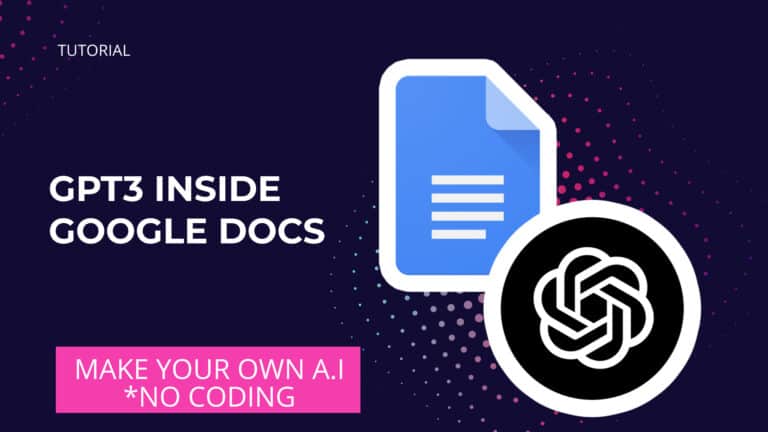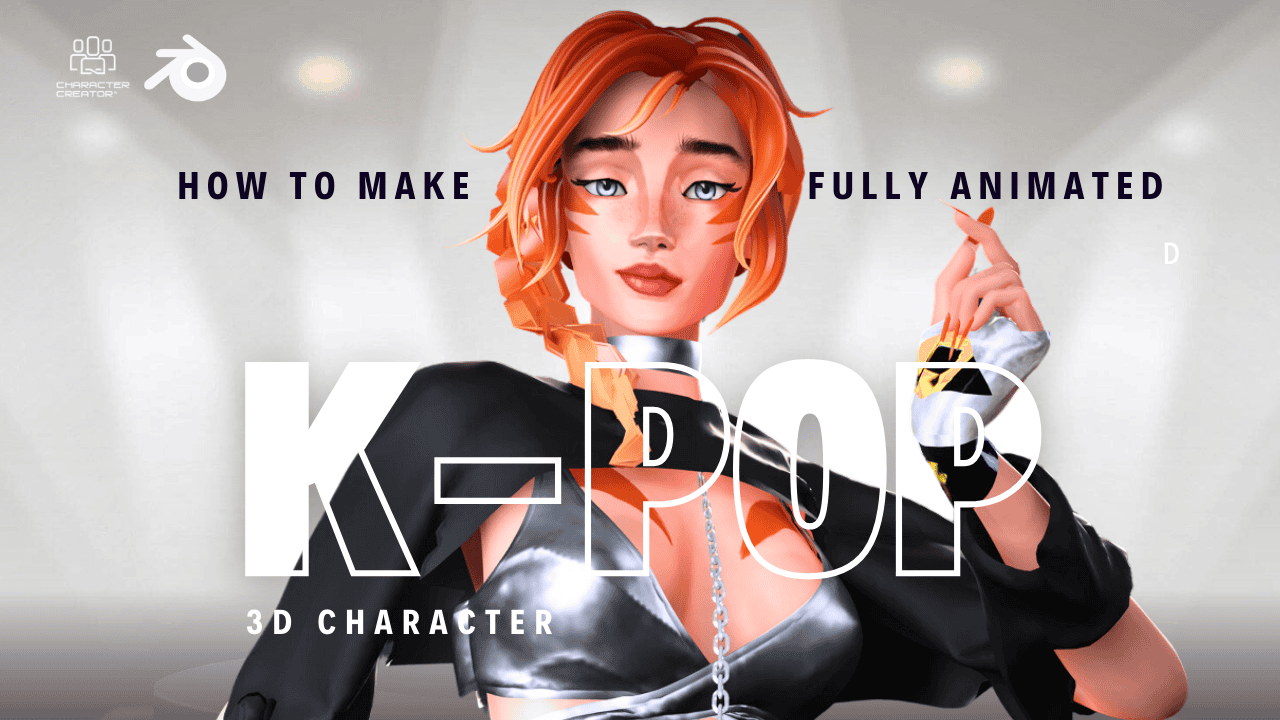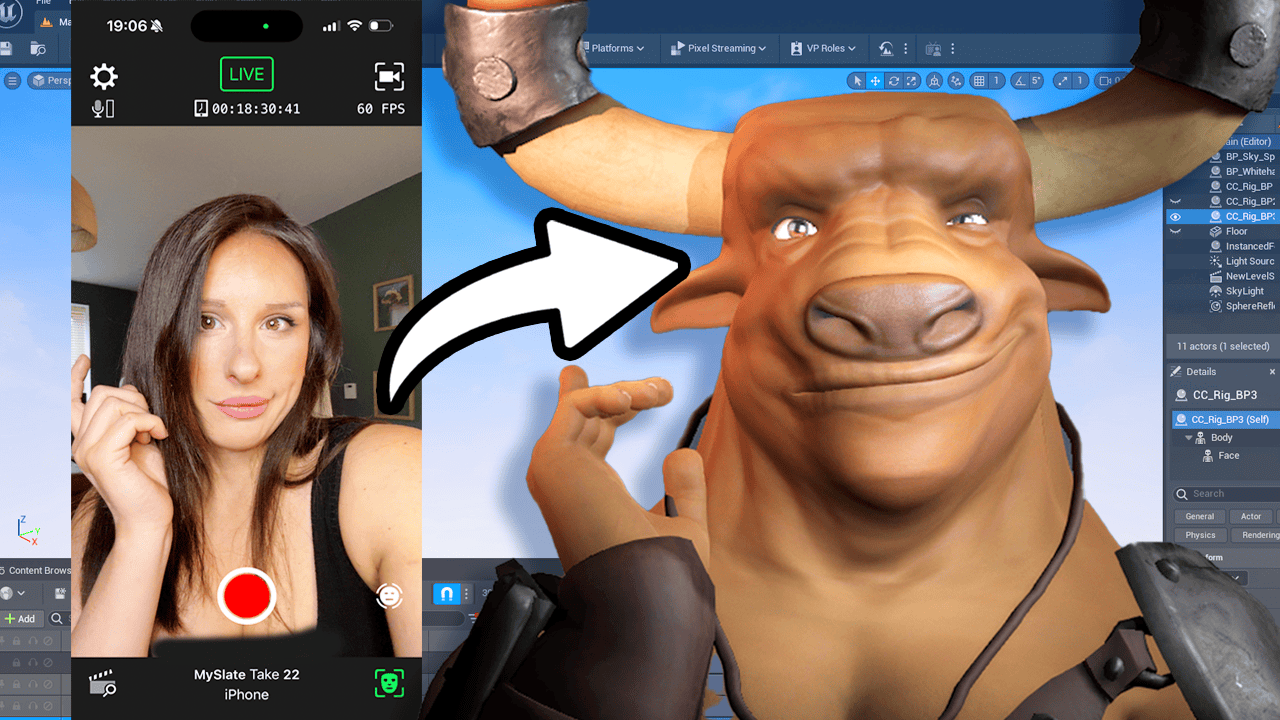>>>GET CODE SNIPPETS HERE<<<<
This tutorial will provide a comprehensive overview of how to create a text editor using the power of GPT-3. By plugging Google Docs into OpenAI, users will be able to harness the advanced capabilities of GPT-3 to create different models. This tutorial will walk users through the process, step by step, and provide them with the tools they need to create a powerful text editor. By the end of this tutorial, users will have a better understanding of how to use GPT-3 to create their own custom text editor.
FAQ
Q. How much does OpenAi API cost?
It is not free, but it is cheap. We have listed OpenAi’s prices for you to view here.
Q. What can I do with the text editor?
A. With the text editor you can create articles, outlines, introductions, and conclusions with the help of GPT-3. You can also add images to your documents to make them more visually appealing.
Q. What models does GPT-3 use?
A. GPT-3 uses DaVinci 3 as its main model, although you can also use the older version, DaVinci Two if you wish.
Q: What is GPT-3?
A: GPT-3 is a powerful language model developed by OpenAI that is designed to generate human-like text. GPT-3 has been trained on a massive corpus of text, which allows it to generate natural-sounding text based on a prompt or context. It is used for a variety of tasks, including summarization, question-answering, and text generation.
Q: How can I use GPT-3 in Google Docs?
A: You can use GPT-3 in Google Docs by plugging it into OpenAI’s API using an API key. This allows you to harness the power of GPT-3 to create different models within your Google Docs, such as generating ideas, titles, introductions, outlines, and paragraphs. You can also use it to generate images and other media objects.
Q: What features does GPT-3 offer?
A: GPT-3 offers a variety of features that can help you create content faster and more efficiently. It can generate ideas, titles, paragraphs, outlines, images, and conclusions for your documents. GPT-3 can also be used to create natural language processing applications such as text editors and chatbots.
Q: Where do I get an OpenAI API key?
A: You can get an OpenAI API key by registering at the OpenAI website. Once you have your key, you can use it to plug Google Docs into the OpenAI API and start using GPT-3 for your text editor.
Transcript
Hi, guys. Today we’re going to be learning how to create our own text editor using the power of GPT-3. So we’re going to be plugging Google Docs directly into open API using an API key. This will allow us to harness the power of GPT-3 to create different models within our Google Docs. Let me show you an example.
So as I come over here, you can see I have a new menu which I’ve named GPT-3 blog. So let’s say, for example, I want to create an article about dogs. That would be my keyword. I just highlight it and then generate ideas. Now, this is asking GPT-3 for ideas of blogs around the subject of dogs.
Now, it’s selected a list of ten subjects that we could discuss for the sake of this demo. Let’s just choose the top one and let’s ask GPT-3 to make this title more enticing, more I don’t want to say click baity, but a nicer title for our users. So generate title. There we go. Finding the perfect pooch.
How to choose the right breed dog for your family. Fantastic. Okay, our article is coming along nicely. So next we want an introduction. So what we do again is similar to as before, just highlight our new title and then we’ll go on to generate introduction.
We can delete the rest of this, I suppose.
And looking good. So now we’re going to need an outline for our blog. Let’s just style this up a little bit. Title, big down. Great.
So now we’re going to ask for TPT three to create a blog outline. So this would be what subjects are we going to cover within this block? So similar to as before, we just copy this, just paste it here temporarily, and then we go to log outline. So this will give us our subjects. Obviously, we don’t need to cover all of this.
And for the sake of the demo, I won’t. We’ll just do the first couple. And there we have it. So we already have an introduction, so that can go right off the bat. So we got our first topic, overview of the importance of finding the right breed dog for your family.
Okay, so once again, go to here. And now we just generate paragraph.
Super. Let’s move this here and style it nicely. Next, we want benefits of having a dog.
Style it up and let’s ask for a paragraph again.
Awesome. Our blog is coming along nicely. Let’s say we want to have a picture of a dog here to break things up a little bit. So let’s just write a photo of a happy dog with a bone, highlight that text and then generate image. And there we have it, our happy dog.
Then we can just basically just go through building out our article paragraph by paragraph. We can ask the API to create a whole article, but it’s normally better to have some sense of direction and human control over the article. Otherwise you might just end up getting a lot of gobbledygook rubbish in, rubbish out. So finally, to end our article, we can just select everything that we have and then generate conclusion. So this will summarise everything that we’ve spoken about and give us a nice little happy ending.
And there we have it, our conclusion. So, as you can see, using this method, you can build out an entire article within a couple of minutes. No need to pay for any expensive or subscribe to any super powerful AI writers. You can do everything yourself custom within Google Docs. So how do we do it?
It’s actually super easy and you don’t need to know any coding knowledge to do this. It’s just a matter of copy and paste. And this method allows you to customise the outputs to your niche or specifications. So let me walk you through it from scratch. So, first of all, you need an open AI key.
Head over to OpenAI Register, and then you can collect your API key there from the API menu. Once you have your key, go back to Google Docs. And then we have four bits of code here that I’ve highlighted in different colours. So let’s start with the first one. Select that, go over to a new sheet, and we’re going to call this GP Three Power.
So once you’re in your Google docs, head over to extensions and Apps scripts. Once inside App Scripts, we can delete our boilerplate code, which is already there, and paste in our new code. So this is going to be for our menu, which is on our Google Docs page, the drop down. So the menu comprises of two elements, the parent holder and the subcategories. So let’s call our parentholder GPT-3 magic.
And at the moment, we’ve got two subcategories generate ideas and Generate images. And let’s save this and have a look to see how that works. And here we have our menu, GPT-3 Magic. Obviously, right now, none of them work because they’re not connected to any functions. But the basics are there.
Let’s head back over to our code. Next, we need our fixed variables. So let’s take that and paste that into our app script. So our fixed variables is basically our API key. So insert your API key here within the quotation marks.
I will deactivate this key before I upload this video, so no point trying to take this one from me. And then the second one is the model that we’re going to be using. So at this point, we’re going to be using DaVinci Three. You can use DaVinci Two, the older version, if you wish, but I’d highly recommend going with the latest one, which is currently DaVinci Three. So now we have our menu and our variables in place, we can start adding our functions and doing the interesting stuff.
So let’s just copy this prompt I’ve made earlier and paste it in to our app script. So we want this menu item to connect to this function. Now we need to say, what do we want this function to do? To do this, you simply write in plain English the commands that you give the AI. So in our case generates five log ideas around the word.
And then we got plus selected text. So in the demo we had Dog. So it will generate five blog ideas around the word Dog. And that’s our first function. To add another function, we can simply highlight that menu paste in a new one.
Let’s say we want to create a paragraph. So this will be what’s on the menu item and then let’s call it Generate Power. And then we select this prompt and we want to create a new one. So just copy, paste, generate. We call it Para, didn’t we?
There we go. And then we give it a new command. So with that selected text, write paragraph. So let’s actually change that to write a detailed paragraph about and then it will be cited text. So in our case, it will be subtitle and it will write a detailed paragraph about that.
Done. Let’s save that and have a look to see how that runs back to our Google Docs refresh. Okay, so we can do let’s do Cats now. Generate Idea. That’s a good point.
So first time you do this, you’re going to need to allow permissions. So that’s just a case of click and continue. Continue. As Google hasn’t verified it, it automatically gives you the warning and then go to protect it and allow and then you rerun it. Here we go.
Here’s our five ideas about blog titles. And then we can simply paste that and write a paragraph about it. And there we have it. So obviously, using this technique, you can do different prompts. I continue writing, I give up a conclusion, write headlines, give an outro, and anything else that your niche might require.
The possibilities with this method are endless to two images. It is a little bit slightly different. I’ll show you how to do that. Now head back over to our code and then select the Generate Image. With the images, by the way, you can choose between three settings.
There’s 256 by 256 pixels, five one two by five one two or 1024 by 100:24. Unfortunately, it doesn’t have any in between. I would highly recommend going with five one two. Unless you want super big ones. But five one two is fine.
So let’s head back over to our Apps script and we can paste in the image. This is called generate image. We already have it up there on our menu and there is no other settings that you need for this because it generates images based on the selected word. So we can save that. Head back over here.
Black Kitten.
As it is a prompt, the more details you write, the better. A photo of a black kitten sleeping, so we don’t get the weird eyes and then generate image. There we have it. A kitten, in some sense. What is that?
Is here. All right. Anyway, we have our cat and we have our blog, and that’s how you build it out. So you can add as many as you want, be as detailed or quirky as you want. And that is how we use the power of GPT-3 within Google Docs, and not need to spend a lot of money on other AI writers that do similar, but we’ve their own models.
This way you can customise it to yourself. Anyway, I hope you enjoyed the tutorial. Take care. Thank you, Alex.






3 Comments
telling me i need to pay …. 🙁
Now what we need is an A.I. reader and audience and we will be all set😏.
Well, Funny you say that..I have been experimenting in that area recently.. 😉